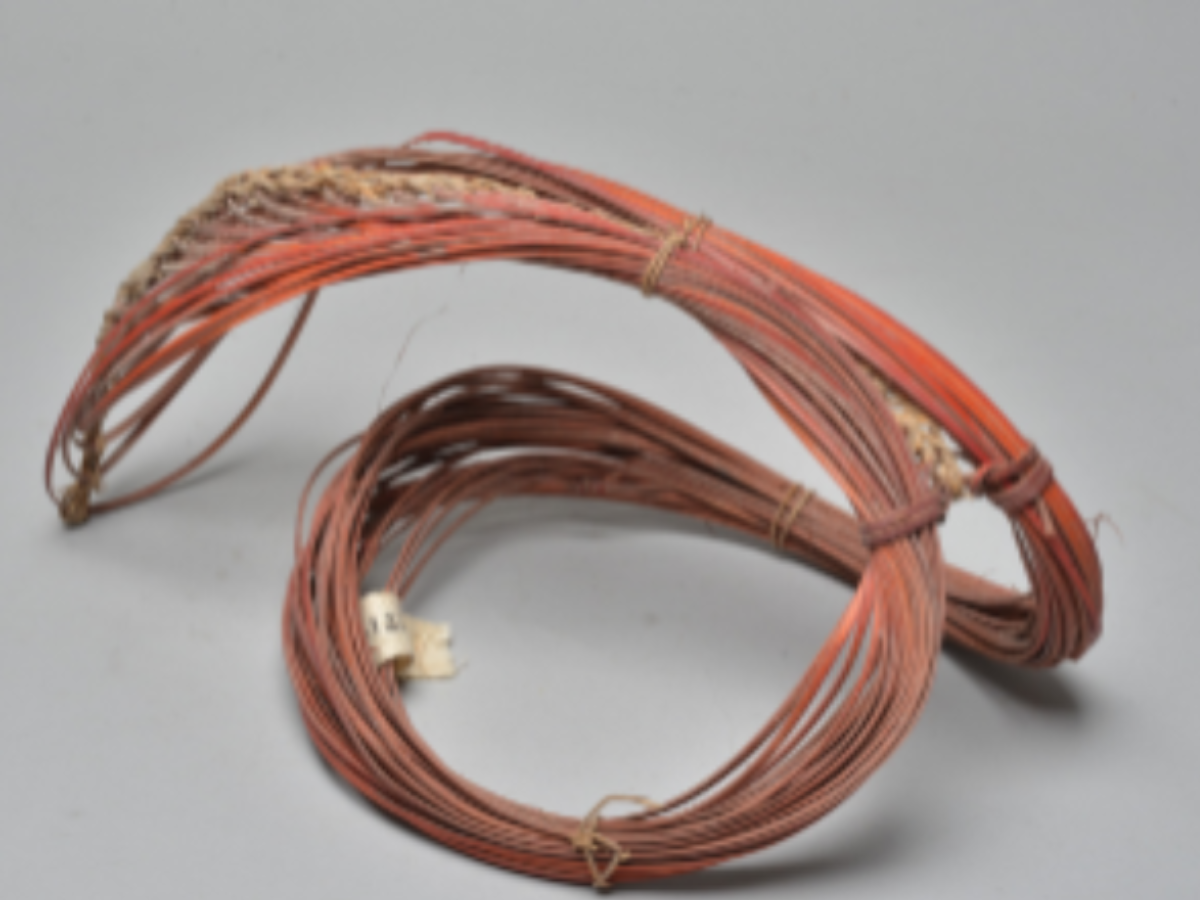State
Tribe Name
Art Type
short description
The highly revered Apatani tribe of Arunachal Pradesh, India boasts a plethora of curious cultural practices and sustainable craftsmanship. One of the traditional garments representative of their oldest practice is that of the cane loin guard which men use as a protective covering. This loin guard is made of cane found locally and has been woven very intricately, making it very durable and flexible. Loin guards are light, breathable, and they protect people even in day-to-day activities like hunting, farming, and working in the woods. They are Apatanis and believe highly in nature, using cane and bamboo for the weaving of garments. Besides it being a practical object, it has a cultural meaning. The loin guard is also put on during traditional ceremonies, tribal dances, or festivals where it symbolizes the ancestry identity of Apatani men. The styles and designs of the loin guard could also reflect social status and probably tribal affiliation. Even today, the Apatanis wear loin guards as part of their traditional attire during tribal festivals, cultural exhibitions, and museums as part of their rich heritage.
Thumbnail

Filter Postion
Left
Filter Background
Off
Theme
Filter Header Image

content
Image

description
The highly revered Apatani tribe of Arunachal Pradesh, India boasts a plethora of curious cultural practices and sustainable craftsmanship. One of the traditional garments representative of their oldest practice is that of the cane loin guard which men use as a protective covering. This loin guard is made of cane found locally and has been woven very intricately, making it very durable and flexible. Loin guards are light, breathable, and they protect people even in day-to-day activities like hunting, farming, and working in the woods. They are Apatanis and believe highly in nature, using cane and bamboo for the weaving of garments. Besides it being a practical object, it has a cultural meaning. The loin guard is also put on during traditional ceremonies, tribal dances, or festivals where it symbolizes the ancestry identity of Apatani men. The styles and designs of the loin guard could also reflect social status and probably tribal affiliation. Even today, the Apatanis wear loin guards as part of their traditional attire during tribal festivals, cultural exhibitions, and museums as part of their rich heritage.
Image Mode
landscape
promoted
Off
Verified
Off
